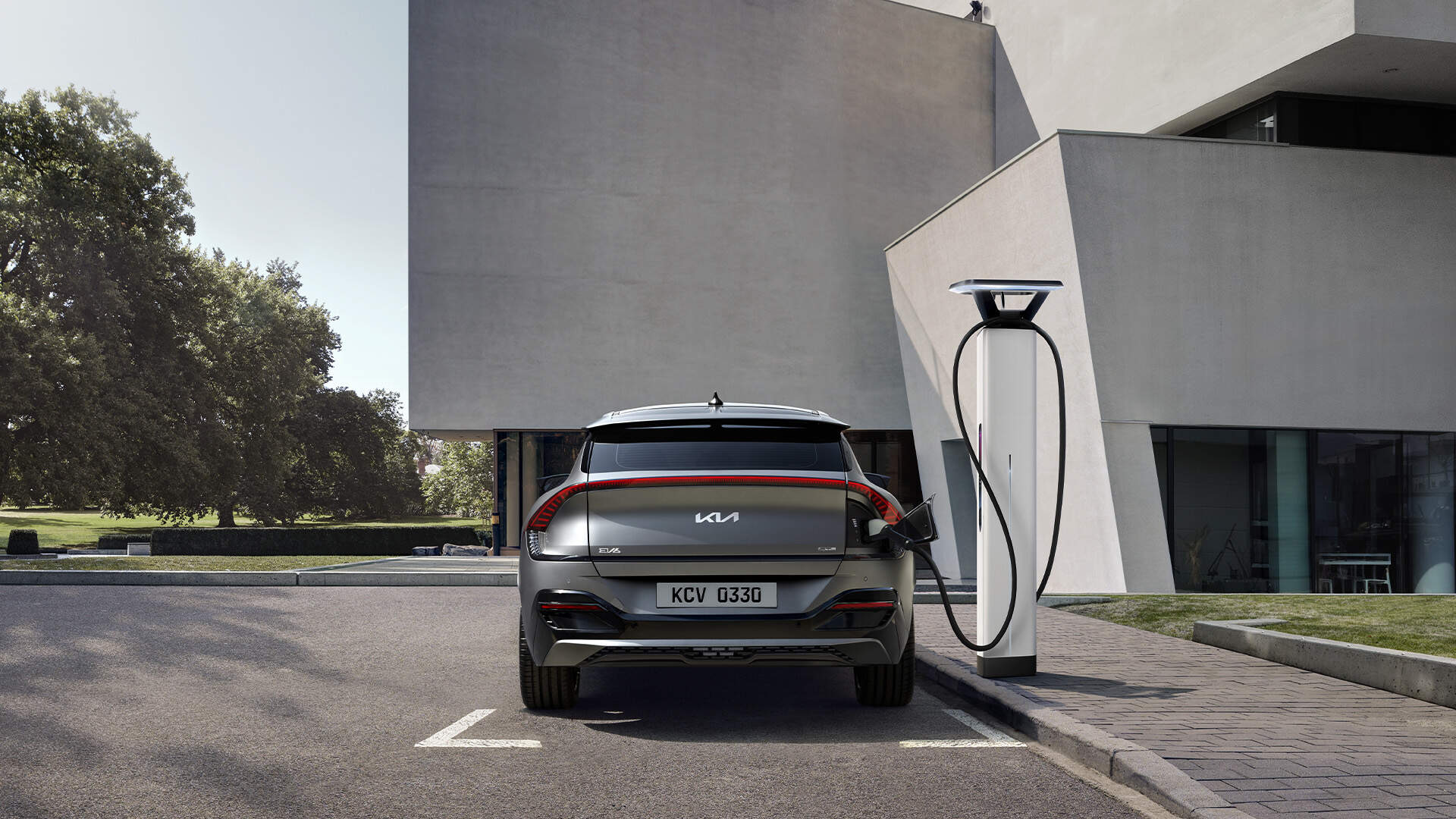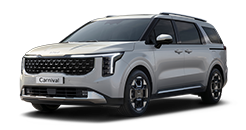open menu
EV Experience

Public Charging
Experience the ease and speed of public charging

We have installed electric chargers at our dealers to serve customers better. If you cannot reach a public charging station, visit a Kia Dealership and recharge your vehicle for a specified amount of time. This service makes it a convenient option for those looking for a quick charge.
FAQ
-
First, park your EV in a location that allows easy access to the charging port and open the port. Next, connect the appropriate charging connector to the port and select the desired charge amount. You can then pay for the charge using a credit card, debit card, or charging application. After the charging is complete, simply disconnect the connector and return it to its original place.
-
Kia EVs can be charged using both AC and DC charging methods. AC charging is available at home and public charging stations, while DC charging is only available at public charging stations due to its fast charging speed. Charger types may vary by region and country. For AC charging, Type 1/Type 2 chargers can be used, while CCS 1/CCS 2 chargers can be used for DC charging.
-
Public charging stations typically limit fast charging time to around 40 minutes because the charging speed slows down significantly once the battery reaches 80% or more. This helps multiple EV owners charge their vehicles conveniently while minimizing waiting times.
-
Slow charging charges the battery at a constant rate slowly, but charging rate is cheaper and it helps prolong battery life though. On the other hand, fast charging charges the battery quickly, but the charging rate is more expensive and can affect the battery life if done frequently.
-
It is advised to avoid overcharging (more than 80%) and over discharging (less than 20%) to prolong the battery's lifespan. Keeping the State of Charge (SoC) between 30 and 70% is also recommended for optimal battery usage.
-
The charging rate is determined by the rate per 1kW and may slightly differ based on the charging speed (slow/fast) and charging duration. Typically, slow charging is less expensive than fast charging.
More Support is Available






